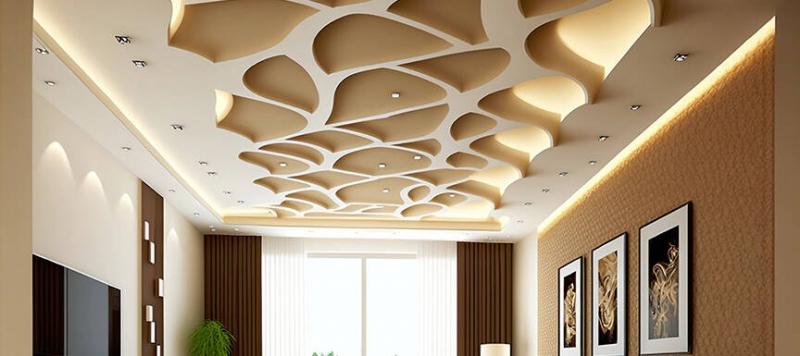In the realm of modern construction and interior design, gypsum board, also known as drywall or plasterboard, has emerged as a game-changer. This innovative building material has revolutionized the construction industry, providing numerous benefits over traditional construction methods. In this blog, we will explore what gypsum board is, its advantages, applications, and why it has become a go-to choice for architects, contractors, and homeowners alike.
What is Gypsum Board?
Gypsum board is a lightweight panel made from a core of gypsum plaster sandwiched between two layers of durable paper. Gypsum is a naturally occurring mineral, composed of calcium sulfate dehydrate, which is ground into a fine powder and mixed with water to form a paste. This paste is then applied to the paper surfaces and allowed to set, creating a strong and stable board. The edges of the board can be either tapered or square, depending on the intended use.
Advantages of Gypsum Board:
-
Easy Installation: One of the primary reasons gypsum board is favored is its ease of installation. It can be quickly cut to size, attached to framing or existing walls, and finished with joint compound. This simplicity not only saves time but also reduces labor costs.
-
Fire-Resistance: Gypsum is inherently fire-resistant due to the presence of water molecules in its crystalline structure. Gypsum board effectively retards the spread of flames, making it a safe choice for interior applications.
-
Sound Insulation: The dense core of gypsum provides excellent sound insulation properties, reducing noise transmission between rooms and creating a quieter and more comfortable living or working environment.
-
Versatility in Design: Gypsum board surfaces can be easily textured, painted, or wallpapered, allowing for a wide range of design possibilities. It provides a smooth and even finish, making it ideal for creating a seamless appearance in modern interiors.
-
Durability and Strength: Despite its lightweight nature, gypsum board is surprisingly durable and can withstand normal wear and tear. When properly installed and maintained, it can last for many years without significant degradation.
-
Cost-Effective: Gypsum board is a cost-effective solution compared to traditional plaster and other wall materials. Its affordability has made it a popular choice for both residential and commercial projects.
Applications of Gypsum Board:
-
Interior Walls: Gypsum board is commonly used to construct interior walls in residential and commercial buildings. Its quick installation and smooth finish make it an ideal choice for creating partition walls.
-
Ceilings: Gypsum board is also employed in suspended ceilings, commonly known as false ceilings. It helps conceal wiring, ducts, and pipes while improving thermal and acoustic insulation.
-
Drywall Finishing: Gypsum board is used for finishing drywall systems. Skilled artisans apply joint compound to seams and fastener heads, creating a seamless surface that can be painted or decorated.
-
Soundproofing: As mentioned earlier, gypsum board's sound-insulating properties make it an excellent choice for soundproofing rooms, recording studios, or any space where noise reduction is essential.
-
Moisture-Resistant Applications: Special moisture-resistant gypsum boards are available for use in areas prone to humidity, such as bathrooms and kitchens.
In conclusion, gypsum board has become a fundamental component of modern construction due to its ease of use, fire resistance, sound insulation, and versatility in design. Its affordability and practicality make it a go-to choice for building professionals and homeowners looking to create functional and aesthetically pleasing spaces. With ongoing research and development, we can expect gypsum board to continue evolving, further improving construction practices, and pushing the boundaries of design possibilities.
